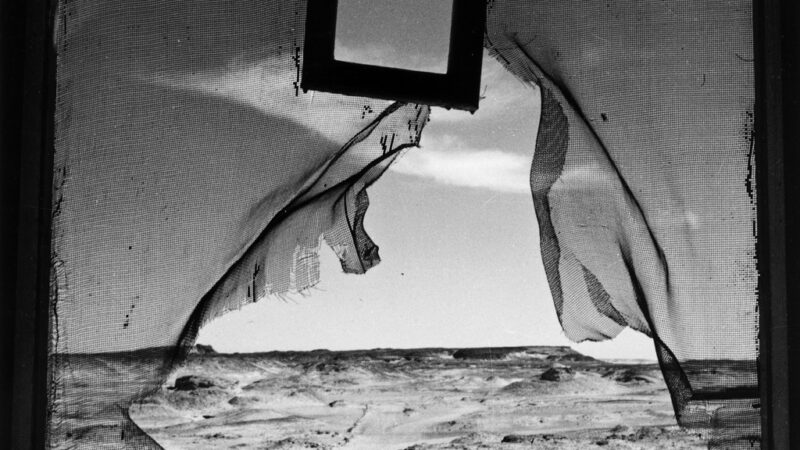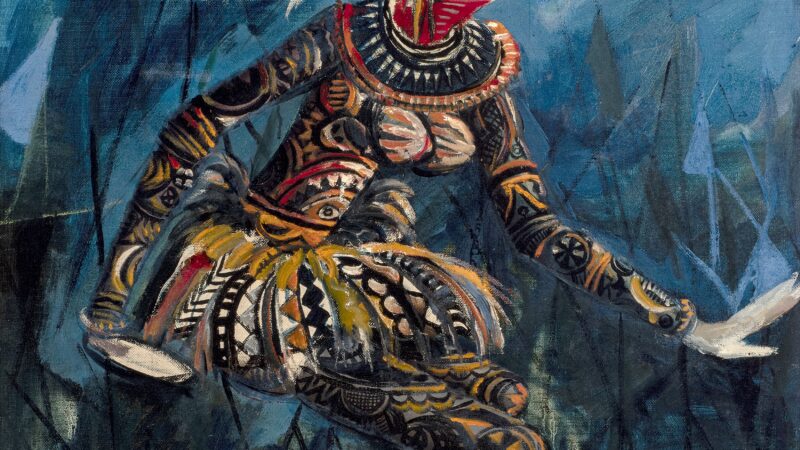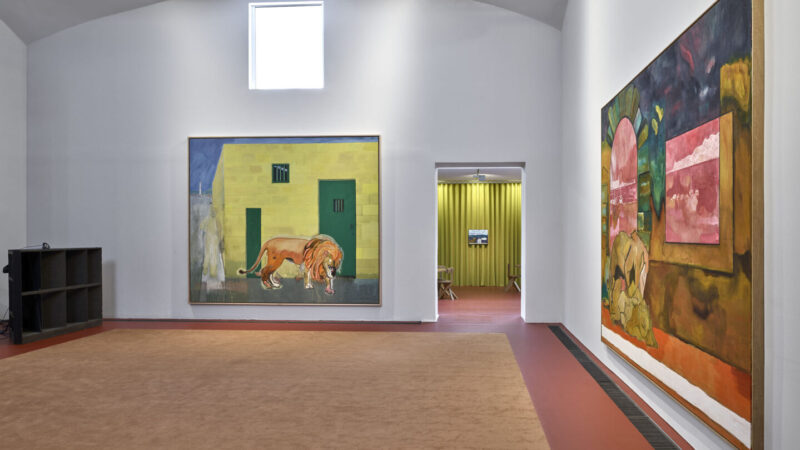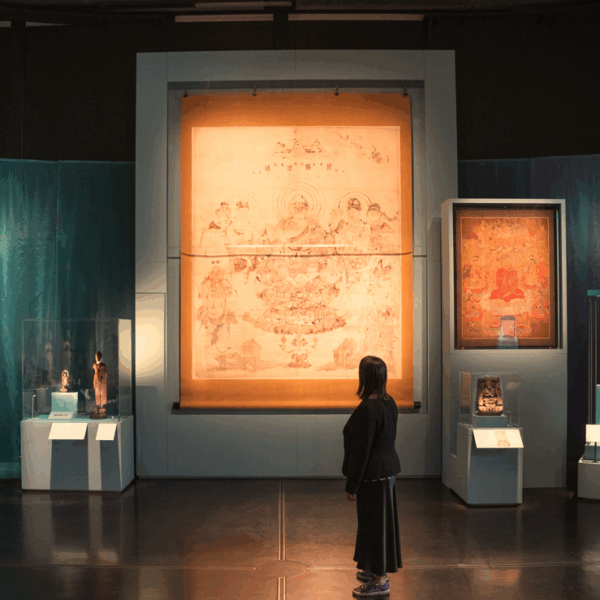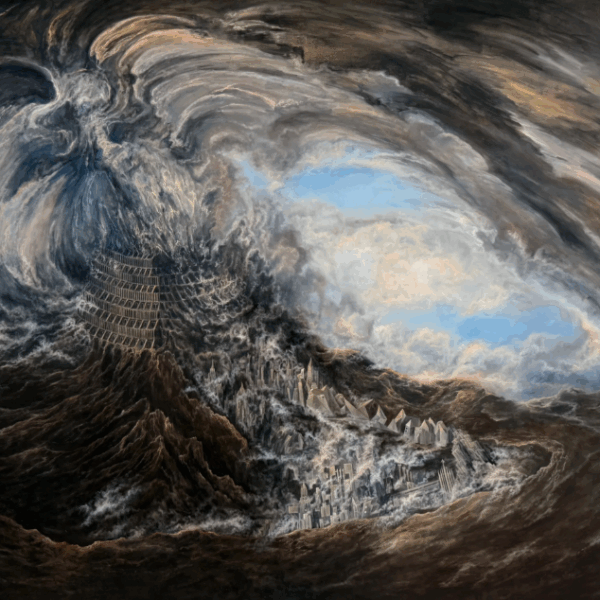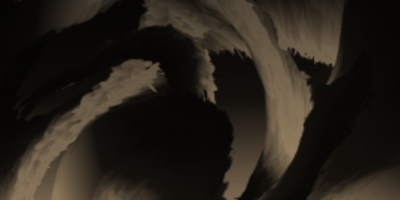Do Ho Suh: Walk the House | Tate Modern
Tate Modern opens its doors to one of the most anticipated art events of the year: a major survey exhibition dedicated to celebrated Korean artist Do Ho Suh. Titled Walk the House, the exhibition marks Suh’s first major solo show in London in over 20 years—an expansive exploration of home, memory, and identity that spans three decades of the artist’s practice.
Suh, known for his ethereal architectural installations crafted in gauzy fabric, invites visitors into spaces that hover between presence and absence. With works grounded in the places he has called home—Seoul, New York, London—the exhibition becomes a physical journey through personal and collective memory, underscoring Suh’s unique ability to turn architecture into autobiography.
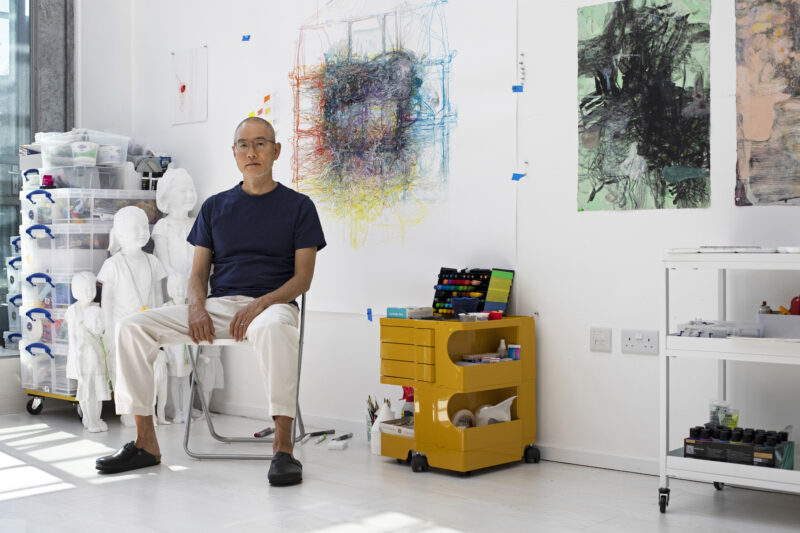
The title Walk the House draws from a Korean idiom referencing the hanok, a traditional house designed to be dismantled and rebuilt elsewhere. This metaphor is at the heart of Suh’s practice: a home is not just a place, but a vessel for identity and experience—both deeply personal and universally resonant.
The show features iconic highlights and new commissions alike. Among the new works is Nest/s (2024), a vibrant installation of interwoven fabric corridors and thresholds, suggesting that the boundaries between homes, cultures, and lives are far more fluid than fixed. Another standout, Perfect Home: London, Horsham, New York, Berlin, Providence, Seoul (2024), maps Suh’s domestic history across continents, reimagined in translucent architecture accented with bright household details like doorknobs and light switches.
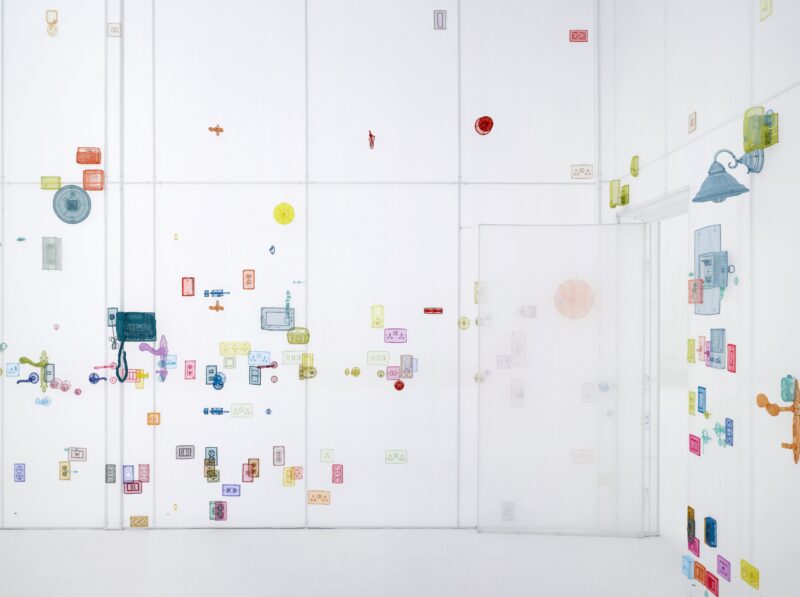
Fans of Suh’s earlier work will recognize the powerful Who Am We? (2000), a densely packed mosaic of thousands of tiny portraits—a meditation on individuality and the collective experience. Meanwhile, the emotionally charged Rubbing/Loving Project series offers quiet, tactile reflections on memory and trauma, from Suh’s childhood home to a house tied to the painful legacy of the Gwangju Uprising in South Korea.
Beyond his signature fabric structures, the exhibition delves into Suh’s lesser-seen works on paper, including his haunting Staircase (2016), created by dissolving a paper sculpture into another sheet, and intricate thread drawings stitched directly into handmade paper. These quiet pieces continue Suh’s exploration of how homes can be flattened, carried, and remembered—portable relics of places left behind.
The exhibition also features Suh’s forays into digital space with video works like Robin Hood Gardens (2018) and Dong In Apartments (2022). Using photogrammetry, Suh constructs digital ghosts of buildings marked by time, presence, and absence—underscoring his ongoing question: what does it mean to preserve a home, a moment, a memory?

The final gallery is dedicated to Suh’s Bridge Project, an ambitious and evolving work that contemplates the idea of a “perfect home” in a fractured world—one shaped not only by personal memory but by social, political, and ecological currents.
Do Ho Suh’s Walk the House is not just an exhibition; it’s an invitation to step inside someone else’s memories—and perhaps find your own reflected back.
Until 19 October 2025


